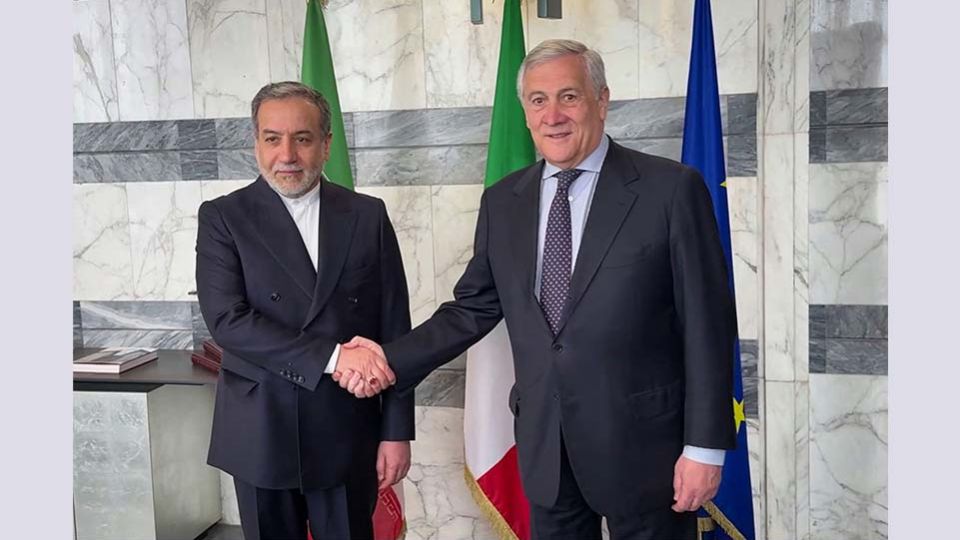April 24, 2025
TOKYO – The direction of Iran’s nuclear development will have an impact on the stability of the entire Middle East region. The focus will be on whether the United States and Iran will be able to find points of agreement through talks.
The talks began in mid-April under the mediation of Oman after U.S. President Donald Trump called on Iran’s Supreme Leader Ayatollah Ali Khamenei in a letter. In the second round of talks, the two countries agreed that experts will soon discuss technical matters.
The United States is reportedly aiming for a new agreement within two months that would put a stop to Iran’s nuclear armament.
Iran signed a nuclear agreement in 2015 with six countries, including the United States, Russia and China. The purpose of the agreement was to ease economic sanctions in exchange for restrictions on Iran’s nuclear development program. However, in 2018, during his first term in office, Trump unilaterally withdrew from the agreement.
Despite this, Trump has now embarked on bilateral talks with Iran. Negotiations with Russia over a ceasefire in Ukraine have run into difficulties, and Israel has once again launched a ground offensive in the Palestinian territory of Gaza. Under such circumstances, Trump’s likely aim is to demonstrate diplomatic achievements at an early date.
Iran, meanwhile, is faced with the need to resolve the situation in which it is isolated internationally and its economy is being devastated due to sanctions imposed by the United States and other countries.
Iran was attacked by Israel in April and October last year, and its air defense system and other facilities likely were destroyed. It is believed that Tehran has decided to accept the talks with Washington also to avoid further attacks.
However, there is a wide gap between the two sides’ claims over Iran’s nuclear development program.
The United States strongly suspects that Iran could divert its nuclear technology to military use. According to a report by the International Atomic Energy Agency, Iran possesses more than 270 kilograms of uranium enriched to 60%, which is near weapons-grade. This is a sufficient amount for six nuclear bombs.
There is no denying that Trump’s withdrawal from the nuclear agreement in 2018 has given Iran both an excuse and time to expand its nuclear development program.
Iran insists that its nuclear development program is designed for peaceful purposes — securing nuclear fuel for nuclear power generation — and that it will continue uranium enrichment.
If this is the case, Iran should dispel suspicion by drastically restricting its uranium enrichment activities and accepting inspections by the IAEA.
If the talks break down, a hardline opinion within the Trump administration that the only way to stop Iran’s nuclear development program is to use military force is likely to become stronger. The possibility has been pointed out that Israel, backed by the United States, could strike Iran’s nuclear facilities.
If that were to happen, the entire Middle East would inevitably fall into chaos. The United States and Iran should seek a solution solely through diplomacy.

